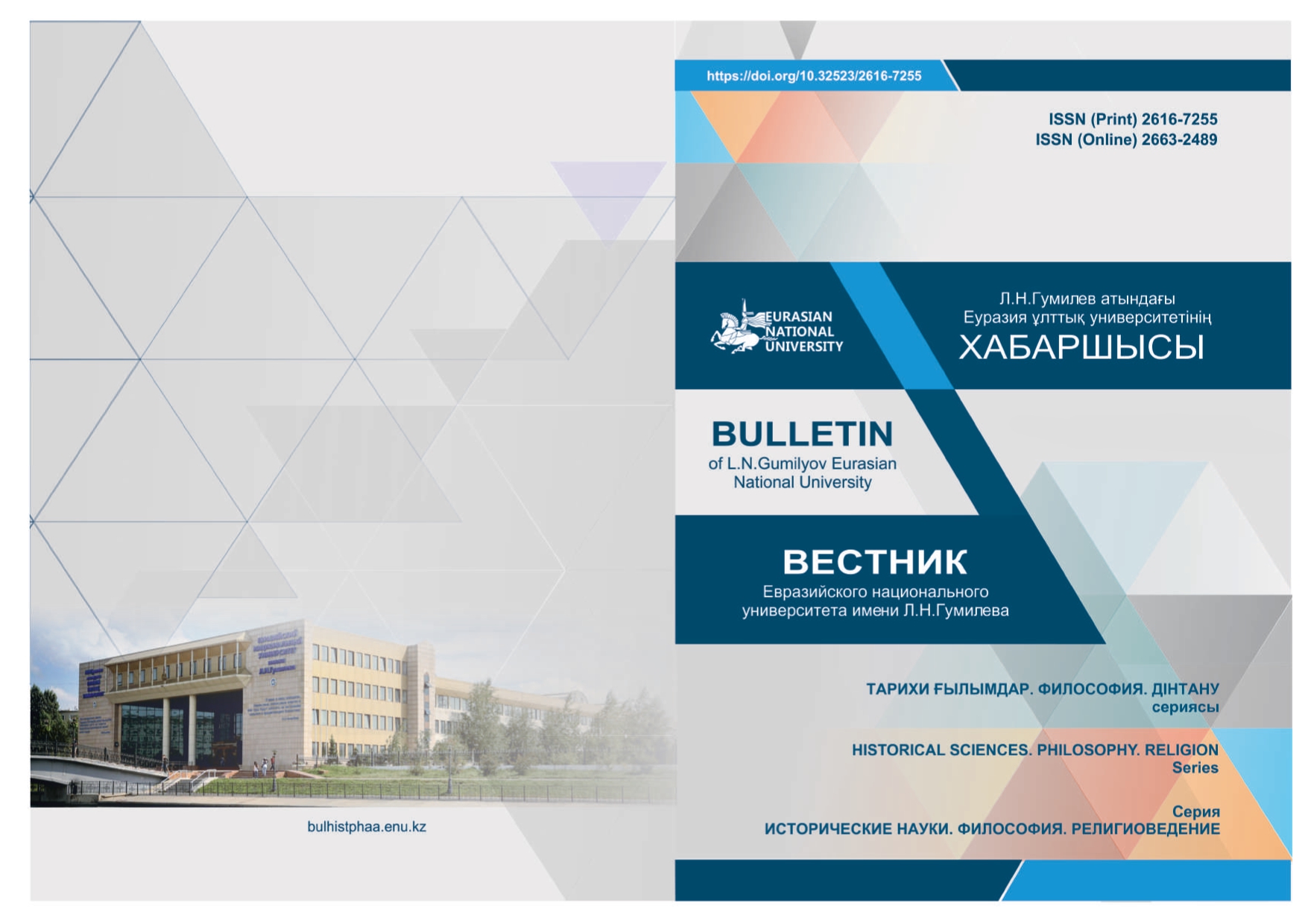The historiography of the demography of Pavlodar priirtyshye
Views: 182 / PDF downloads: 269
DOI:
https://doi.org/10.32523/2616-7255-2023-142-1-76-92Keywords:
population; historical demographics; ethnos; social structure; migration; urbanization; demographic indicator; mechanical growth.Abstract
The article provides a historiographic analysis of the demographic development of the population of Pavlodar region. As a result of comprehensive research in the context of a particular region, the influence of events of national history on the socio-demographic development were studied, which made it possible to identify the consequences of historical events in more depth. Classification, differentiation and analysis of regional features provides an opportunity to determine the impact on the demographic development of the population, serves as a basis for scientific hypothesis in determining the causes of socio-demographic problems. In the pre-revolutionary period, studies concerning the population of the Pavlodar region consisted mainly of statistical data provided by officials of the tsarist government and travelers. There are almost no special historical demographic studies. Pre-revolutionary studies consisted of statistical data provided by officials of the tsarist government and travelers. Most of the works written in Soviet times are characterized by an analysis of the quantitative and qualitative composition of the population, problem of labour resources. Works during the years of Independence focus on an analysis of the colonial policy of the Tsarist government, the consequences of Soviet policy, the specifics and causes of socio-demographic development of regions.
Downloads

Downloads
Published
How to Cite
Issue
Section
License
Copyright (c) 2023 Замзагуль Ә. Сабданбекова, Айгуль М. Садықова

This work is licensed under a Creative Commons Attribution-NonCommercial 4.0 International License.







